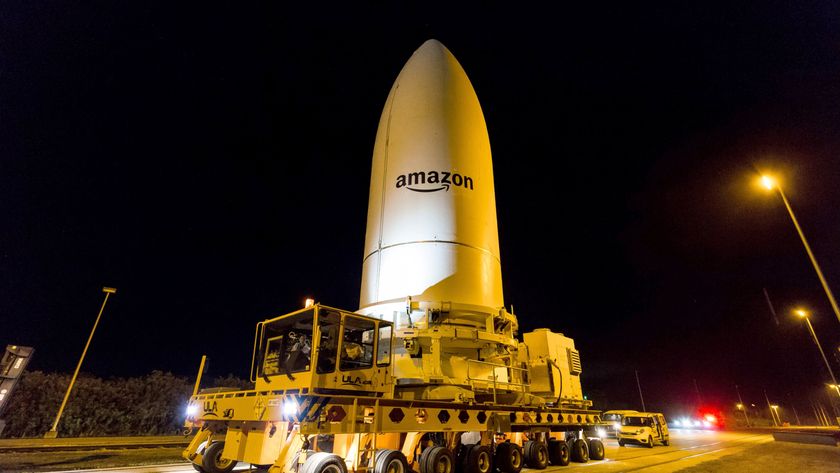Malfunctioning Sun Camera Makes 'Miraculous' Comeback
A new space camera designed to watch the sun from its perchaboard an advanced weather satellite has taken its first photograph of ournearest star after a months-long glitch.
The newX-ray solar photo shows the sun mottled with bright, active spots. NASAcalled the satellite's sensor recovery nothing short of "miraculous"in a recent announcement.
"Frankly, we were down to our last straw when all theteams' hard work and efforts finally paid off," said Andre Dress, GOES N-Pdeputy project manager at NASA's Goddard Space Flight Center in Greenbelt, Md. "Wenow believe we have a full recovery of the instrument's functionality! It's anincredible story and a true testament of our NASA/contractor teams expertise,hard work and determination."
The camera, called the Solar X-Ray Imager, is riding on the$500 million GOES-15satellite that launched in March to serve as continuous weather sentinel.The satellite is monitoring the sun for potentially dangerous solar flares andcan track hurricanes and other severeweather on Earth.
But the Solar X-Ray Imager suffered a voltage glitch soonafter GOES-15 (short for Geostationary Operational Environmental Satellite 15) blastedoff from Cape Canaveral, Fla., on March 4 atop an unmanned rocket.
"Since the early checkout of GOES 15 (P) and theanomalous turn on of the Solar X-Ray Imager, the team has been aggressivelypursuing all avenues to recover the instrument," Dress said.
NASA engineers brought the satellite back to full health onJune 3 after the months of battling the voltage issue, which threatened toleave the solar camera threatened offline for good.
Get the Space.com Newsletter
Breaking space news, the latest updates on rocket launches, skywatching events and more!
The first image came on June 2 and scientists declared theinstrument completely recovered the next day after monitoring it overnight tomake sure it was working continually, a NASA spokesperson with the Goddardcenter said.
The satellite, formerly known as GOES-P, also managed totake its first visible light imageof Earth on April 6 and recorded its first full-disk infrared snapshot onApril 26.
Along with three other GOES satellites, the GOES-15 spacecraftforms the latest fleet of instruments to continuously monitor both solar andterrestrial weather conditions. At stake are the satellite-basedtelecommunications instruments that are the foundation of modern travel,communication, and security.
"I don't think most people realize how important these spaceweather instruments are in our everyday life," Dress said. "Thisdata is used by the U.S. Department of Defense, NOAA, NASA, and the FederalAviation Administration (FAA) in protecting our space assets, land based assetsand directing flight paths for the FAA."
- Gallery:Solar Storms
- TheWeirdest Weather on Earth
- MoreActive Sun Means Nasty Solar Storms Ahead
Join our Space Forums to keep talking space on the latest missions, night sky and more! And if you have a news tip, correction or comment, let us know at: community@space.com.
Zoe Macintosh is a science writer who covered human spaceflight, astronomy and science for Space.com in 2010. She also covered general science for Space.com's sister site Live Science. Zoe studied English literature and physics at Smith College, where she also wrote for the Smith Sophian. Her work has also appeared in the National Association of Science Writers website.










